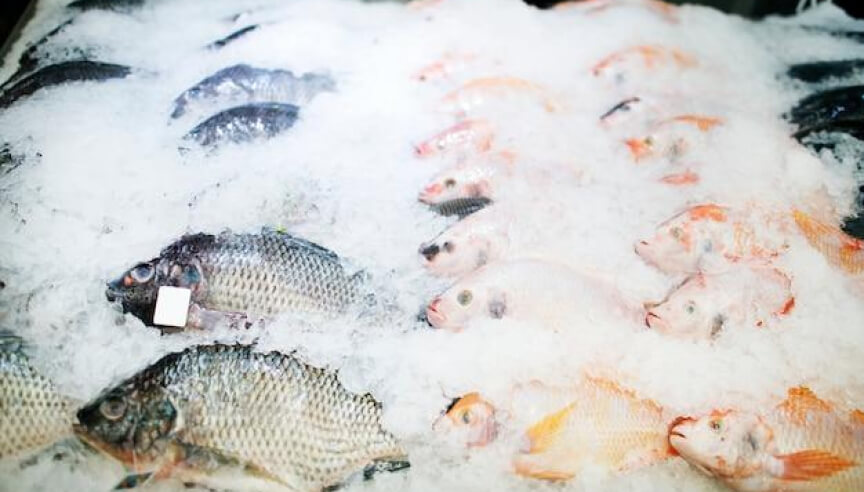Fish farms: popular farmed fish

Aquaculture in the Middle East has been gaining momentum in recent years, driven by the region’s increasing demand for seafood and the need to alleviate pressure on wild fish stocks. While the industry is still relatively young compared to other regions, several fish species are being raised through aquaculture practices in the Middle East. Here are some of the most common.
Diversity of fish products in aquaculture in the Middle East
- Tilapia: Tilapia is one of the most widely farmed fish species in the Middle East. Its ability to adapt to a wide range of environmental conditions, fast growth rate, and mild-tasting flesh make it well-suited for aquaculture in the region. Tilapia farming is prevalent in countries like Egypt, Saudi Arabia, and Oman, where it is often raised in ponds and freshwater reservoirs.
- Nile Perch: Nile perch is native to the Nile River and other freshwater bodies in Africa, but it has also been successfully introduced and farmed in parts of the Middle East, particularly in countries bordering the Red Sea. Nile perch aquaculture has gained traction in countries like Egypt and Sudan, where the fish’s large size and firm flesh appeal to both domestic and export markets.
- Sea Bream: Sea bream, including species like gilthead sea bream and black sea bream, are commonly farmed in the Mediterranean region, including parts of the Middle East such as Turkey and Israel. These fish are prized for their delicate flavor and firm texture, making them popular choices for aquaculture in floating sea cages and land-based facilities along the coastlines.
- Sea Bass: Similar to sea bream, sea bass is also cultivated in the Mediterranean region and parts of the Middle East. Known for its mild flavor and versatile culinary applications, sea bass farming has seen growth in countries like Turkey, Greece, and Israel, where it is raised in offshore cages and land-based farms.
- Tuna: While not as prevalent as other species, tuna farming is gaining attention in some Middle Eastern countries, particularly in the Arabian Gulf region. Bluefin tuna and yellowfin tuna are the primary species of interest due to their high market value. Tuna farming typically involves the use of large offshore cages and requires advanced technology and expertise.
- Shrimp: Shrimp farming, particularly of species like whiteleg shrimp (Litopenaeus vannamei), has seen significant growth in the Middle East, especially in countries like Saudi Arabia, the United Arab Emirates, and Iran. Intensive shrimp farming operations, often conducted in inland ponds or coastal areas, cater to both domestic consumption and export markets.
- Mullet: Mullet species, such as flathead grey mullet and thinlip grey mullet, are commonly farmed in the Middle East, especially in countries like Egypt and Iran. Mullet farming often utilizes brackish water ponds or coastal lagoons, where the fish can thrive on natural feeds and organic detritus.
These are just a few examples of fish species raised through aquaculture in the Middle East. As the industry continues to develop and expand, there is potential for the cultivation of additional species and the adoption of innovative farming techniques to meet the region’s growing demand for sustainable seafood.
